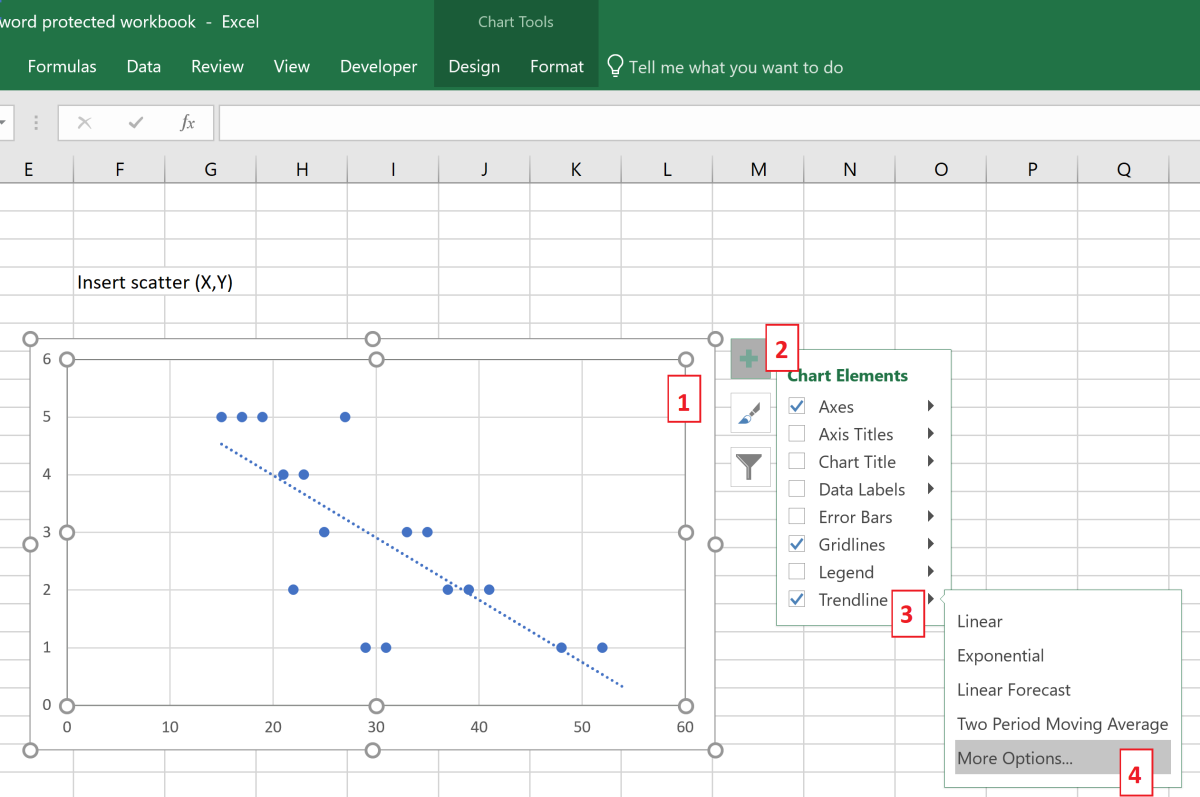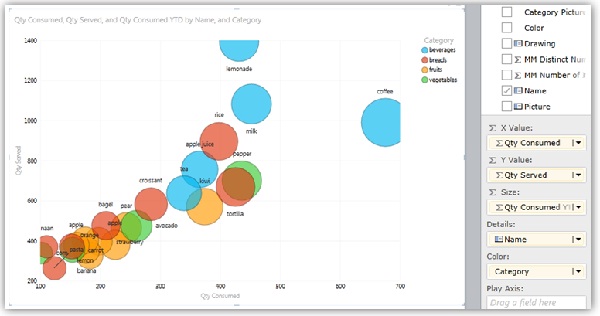

If you want to visualize just one type of data and it contains a numeric value that does not fall in any range/interval then use the number chart: Pie charts work best for 25%, 50%, 75% and 100%.ĭo not use multiple pie charts for comparison as the slice sizes are really difficult to compare side by side. Include annotations: Include percentages and labels for your pie charts to make it easy to read.

Verify that the pie slices are valued to 100% when added up. If you have more than five categories then it is recommended to use a different type of chart. It is really difficult to read a large number of slices. Best practices for using pie chartsĪlways make sure to use a minimal number of slices when creating a pie chart.

I have sorted the data in decreasing order (from largest to smallest). In order to create a pie chart where the biggest pie slice comes first followed by the second biggest pie slice and so on. What that means, do not create a pie chart where the various pie slices do not represent parts of the whole pie.įor example, the following pie chart is not a good representation of data composition as the two pie slices add up to 82% and not 100%: In other words, the various pie slices you use must add up to 100%. #1 Use a pie chart when you want to show a 100% composition of data. Stacked bar charts – It is a bar chart that represents the comparisons between categories of data but with the ability to compare and break down the data. Grouped bar charts – Grouped bar charts are a combination of representing the different time period numbers that belong to a single category. These are used mainly to display age ranges, salary ranges. It represents the numerical values represented in the vertical bars. Vertical bar charts – Also called a column chart. In this, the data categories are shown on the vertical axis and data values are shown on the horizontal axis. Horizontal bar charts – Represents the data horizontally. What are the different types of bar charts? What are the most popular excel charts and graphs types?įollowing are the most popular Excel charts and graphs:
#Best excel scatter plot labels how to

When to use a gauge chart (also known as speedometer chart)?.What are the different types of bar charts?.When to use a 100% stacked column chart?.What are the most popular excel charts and graphs types?.Learn more about admission into these programs and explore how your Coursera work can be leveraged if accepted into a degree program at. This course is part of Gies College of Business’ suite of online programs, including the iMBA and iMSM. Use sample information to make inferences about the population with a certain level of confidence about the accuracy of the estimations.Understand why normal distribution can be used in a wide range of settings.Understand the significance of proper sampling and why one can rely on sample information.Summarize large data sets in graphical, tabular, and numerical forms.The course will focus not only on explaining these concepts, but also understanding and interpreting the results obtained. This will be accomplished through the use of Excel and data sets from different disciplines, allowing you to see the use of statistics in a range of settings. While you will be introduced to some of the science of what is being taught, the focus will be on applying the methodologies. Specifically, you will learn how to summarize data and learn concepts of frequency, normal distribution, statistical studies, sampling, and confidence intervals. This course provides an analytical framework to help you evaluate key problems in a structured fashion and will equip you with tools to better manage the uncertainties that pervade and complicate business processes.


 0 kommentar(er)
0 kommentar(er)
